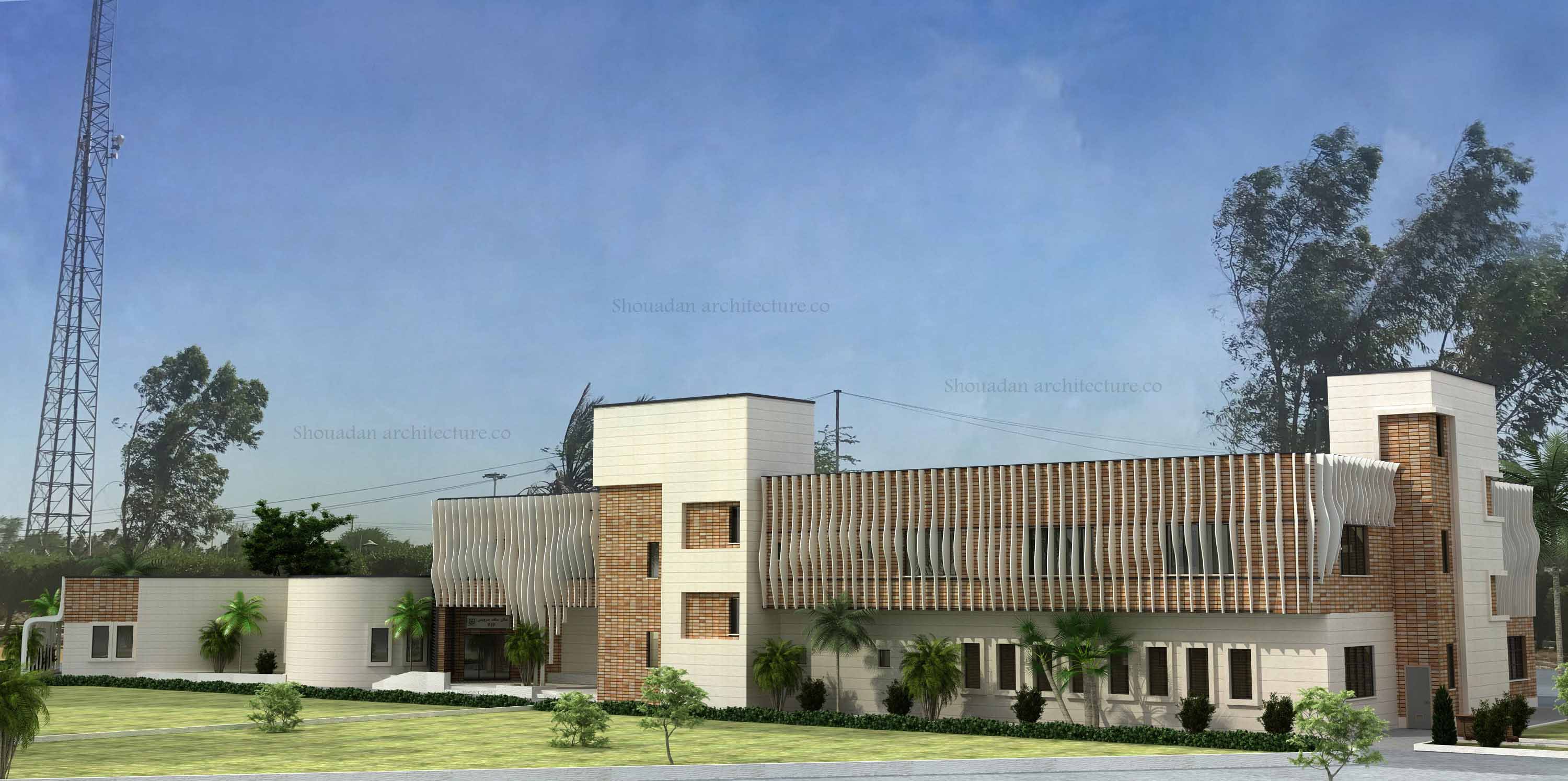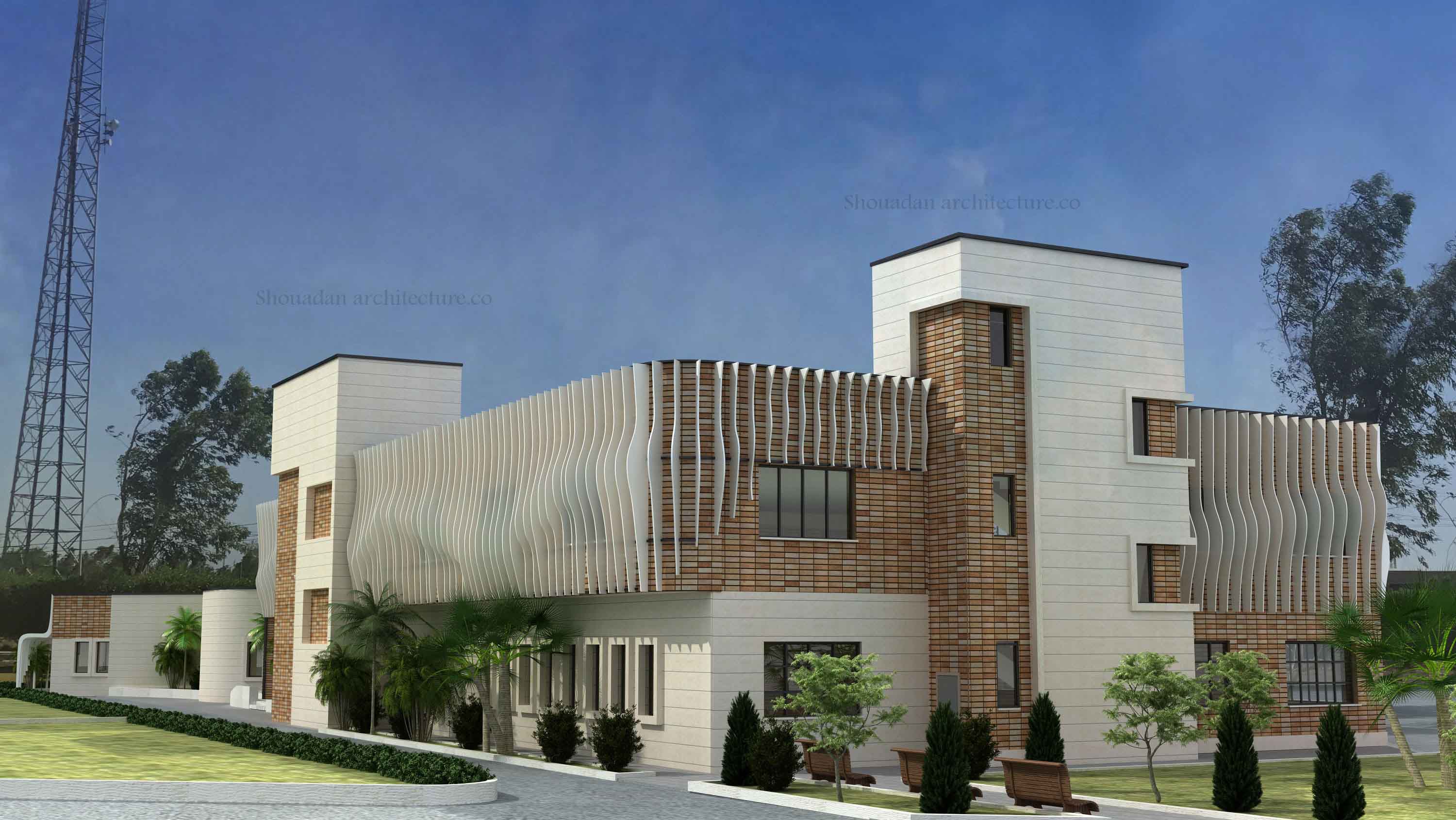Self-Service Building for Abadan Students Department of Education
Construction Site: Abadan
Area: 2,600 Square Meters
Employer: Abadan University of Medical Sciences and Health Care Services
Self-Service Building for Abadan Students Department of Education has been designed in two stories encompassing central kitchen, dining halls of professors and students, buffet as well as lateral service areas. Among the crucial factors in volume and building orientation, in addition to radiation angle and the defined access ways in the site, the existing building shall be referred to, in which this existing building has been allocated to the central kitchen and the other major parts, including dining halls, buffet and service and facility areas are added to the building. The façade of whole building is generally integrated and dynamic which has been made with a proper concept to the region.
Heat and light are the most important climate factors in Abadan respect to the hot temperature and humidity of the region. Due to the average temperature of the ceiling (an average of 45°c), a shell has been used, which by itself acts like a sunshade. This shell has been chosen from self-forming action material in the façade and by movement of the sun throughout the day, shades over the windows and prevents direct light entrance into the building and greenhouse effect. The shell’s vertical installation on the windows also create visual connection from indoor. Another technique for controlling direct lighting on the windows has been creation of sunshade and utilization of various narrow apertures, at the end of which glass has been placed. The materials chosen for the façade of self-service complex consists of brick and stone which installed by dry construction techniques and aluminum shell. Dry construction technique is one of the façade installation methods made on the wall by the relevant substructures. The distance between the wall and the stone materials that is filled with moisture and thermal insulation, shall help in minimizing heat exchange through surrounding walls and behaves as a ventilated façade system.

